
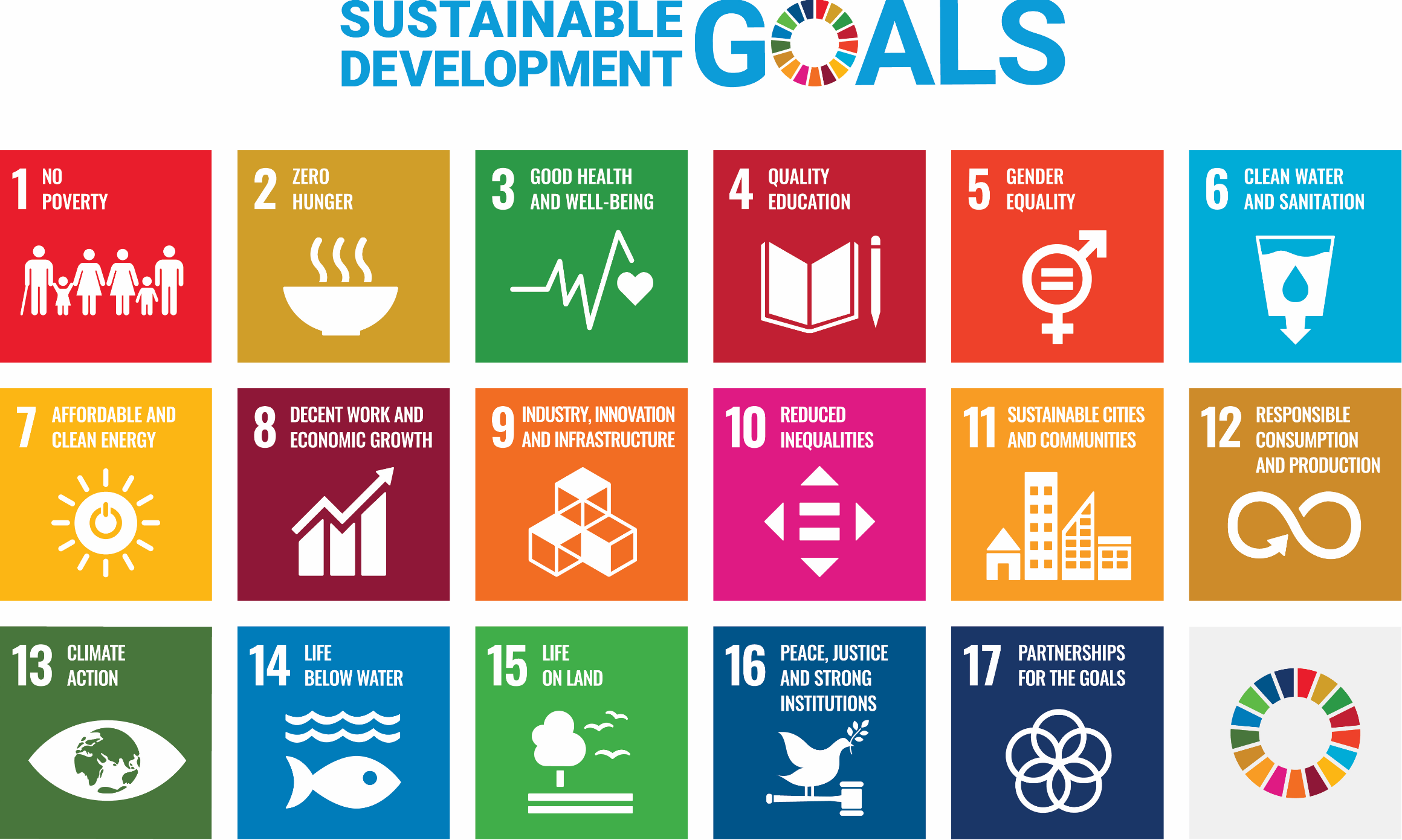
The SDGs (Sustainable Development Goals), adopted at the United Nations Summit in September 2015, are a set of concrete goals for the international community to achieve a sustainable society by 2030. The SDGs consist of 17 goals and 169 targets, and pledge to “leave no one behind” on the Earth. The SDGs are universal, not only for developing countries, but also for developed countries themselves, and require governments, businesses, and civil society to act globally.
TOPICS:01

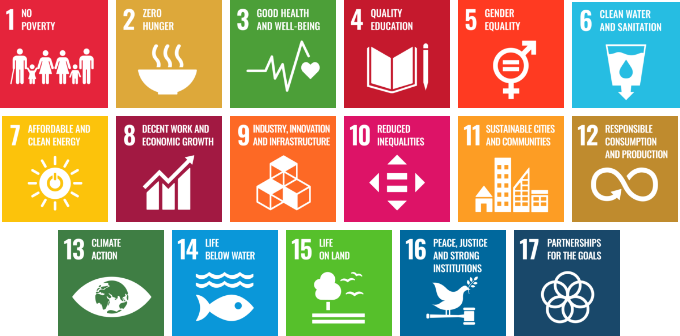


The “Environmental Printing” of SNP adopts environmentally friendly materials for all elements, such as paper, ink, and printing systems.
We can calculate the amount of greenhouse gas emissions from waterless printing and visualize it as numerical values. This enables us to support our customers in their plans to reduce greenhouse gas emissions in their businesses and to propose ways to reduce emissions.
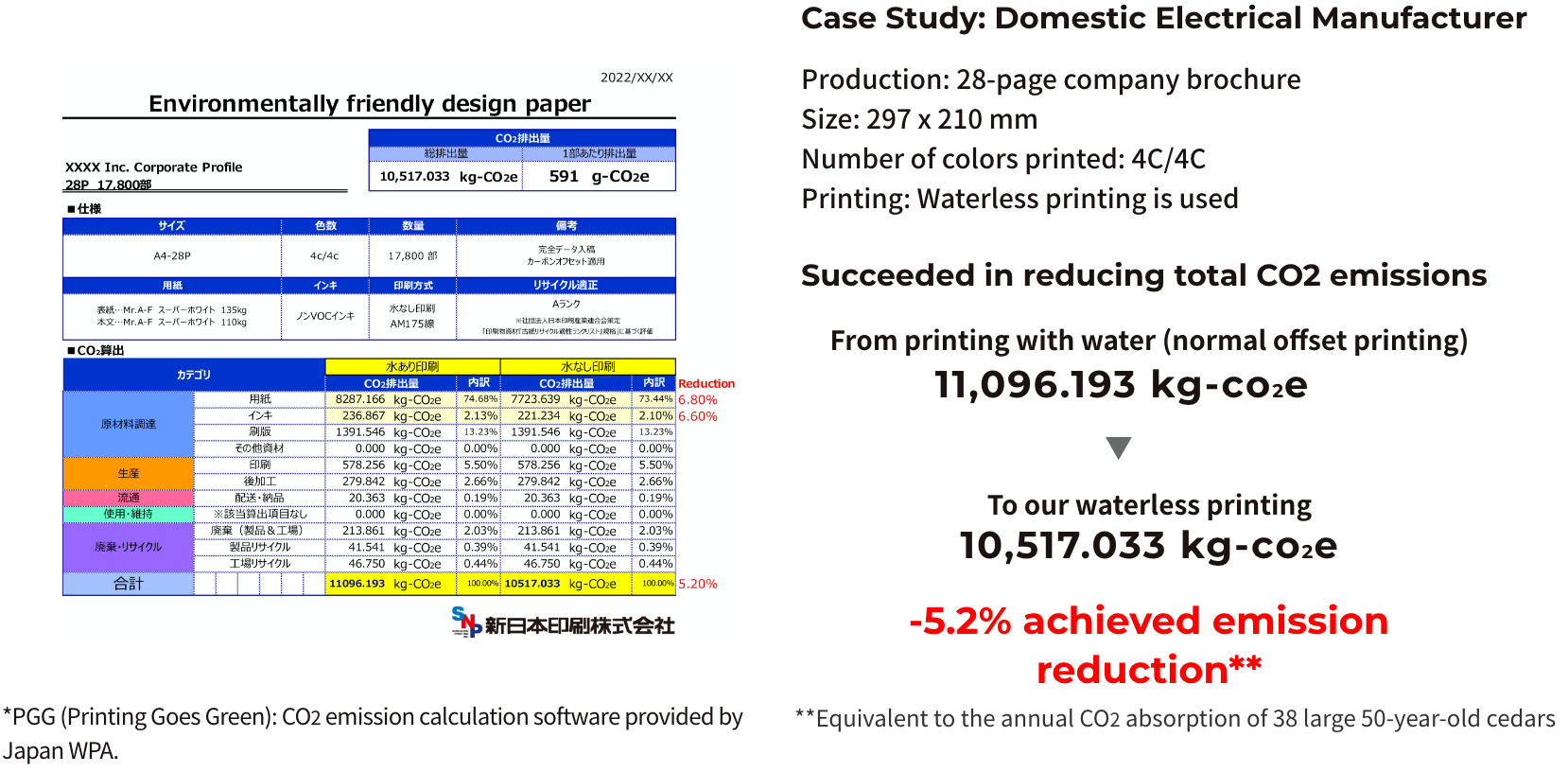
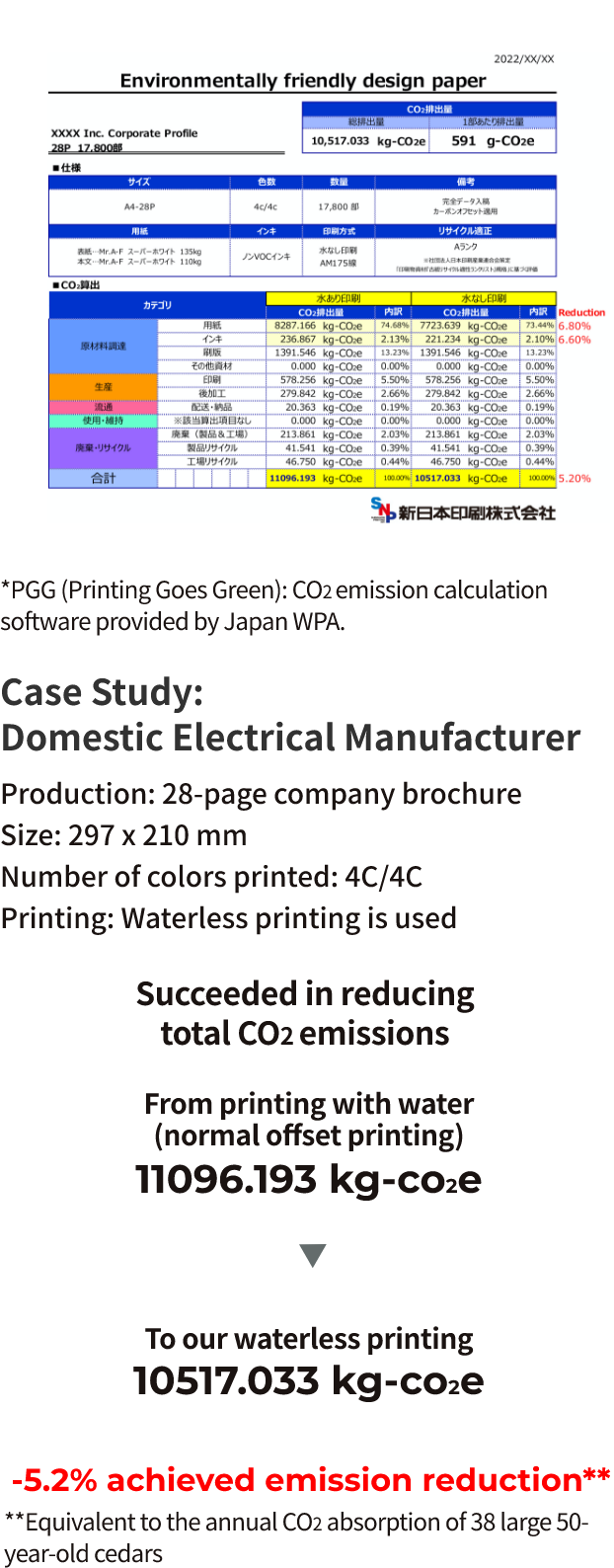
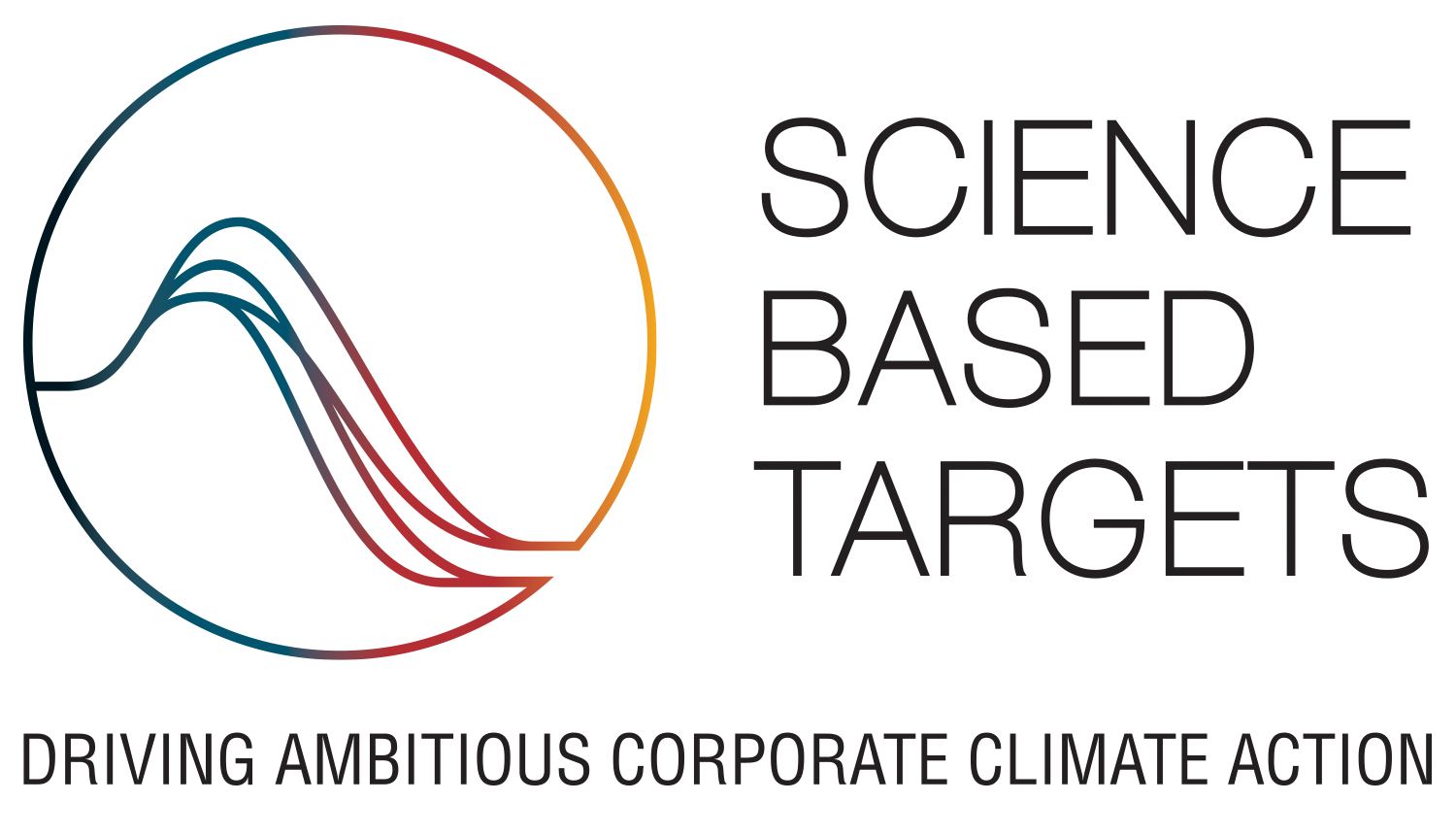
SNP has been certified as an SBT (SMEs) by SBTi, an international initiative that recognizes SNP’s greenhouse gas reduction targets as being consistent with the Paris Agreement’s 2.0°C target. We will further promote our efforts to realize a decarbonized society with a view to a sustainable future by setting numerical targets for greenhouse gas reduction in 2030. This target is based on scientific evidence, and we will develop and implement a roadmap to achieve the target.


*Scope.1:Direct greenhouse gas emissions by the business *Scope.2:Indirect emissions from the use of electricity, heat and steam supplied by other companies
*Scope.3: Indirect emissions other than Scope 1 and Scope 2 (emissions from other companies related to the business’s activities), and emissions from the entire supply chain


SBT is an acronym for Science Based Targets, and SBT certification is based on a set of targets for the next 5 to 15 years, consistent with the Paris Agreement (which aims to limit global temperature rise to well below 2°C above pre-industrial levels and 1.5°C below pre-industrial levels). This is a certification of greenhouse gas emission reduction targets set by companies for the next 5 to 15 years, consistent with the levels required by the Greenhouse Gas Directive (GHG Directive). It was established by SBTi, an international initiative established by the CDP, the World Resources Institute (WRI), the World Wide Fund for Nature (WWF), and the United Nations Global Compact (UNGC) to address environmental issues such as climate change.
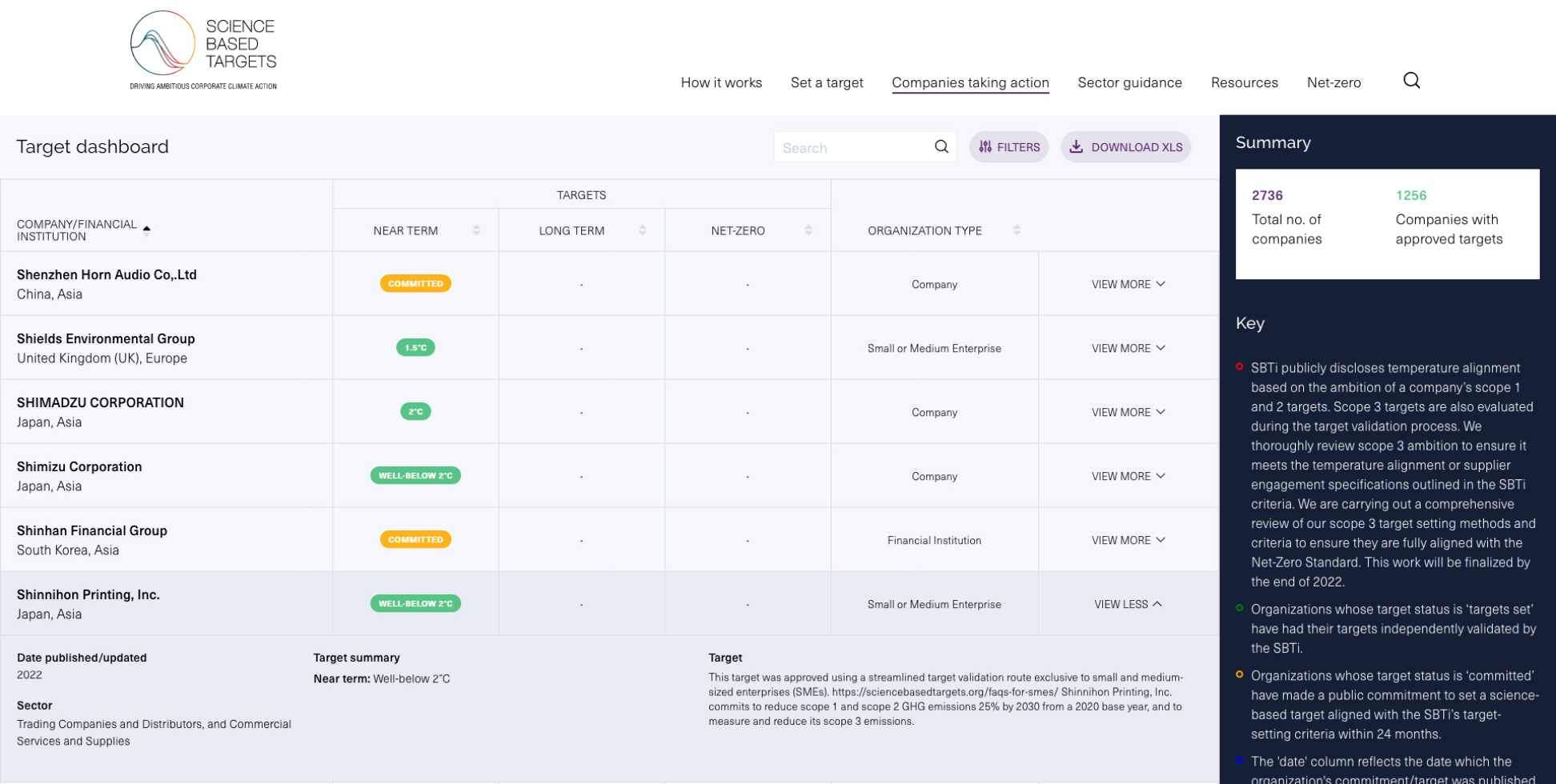
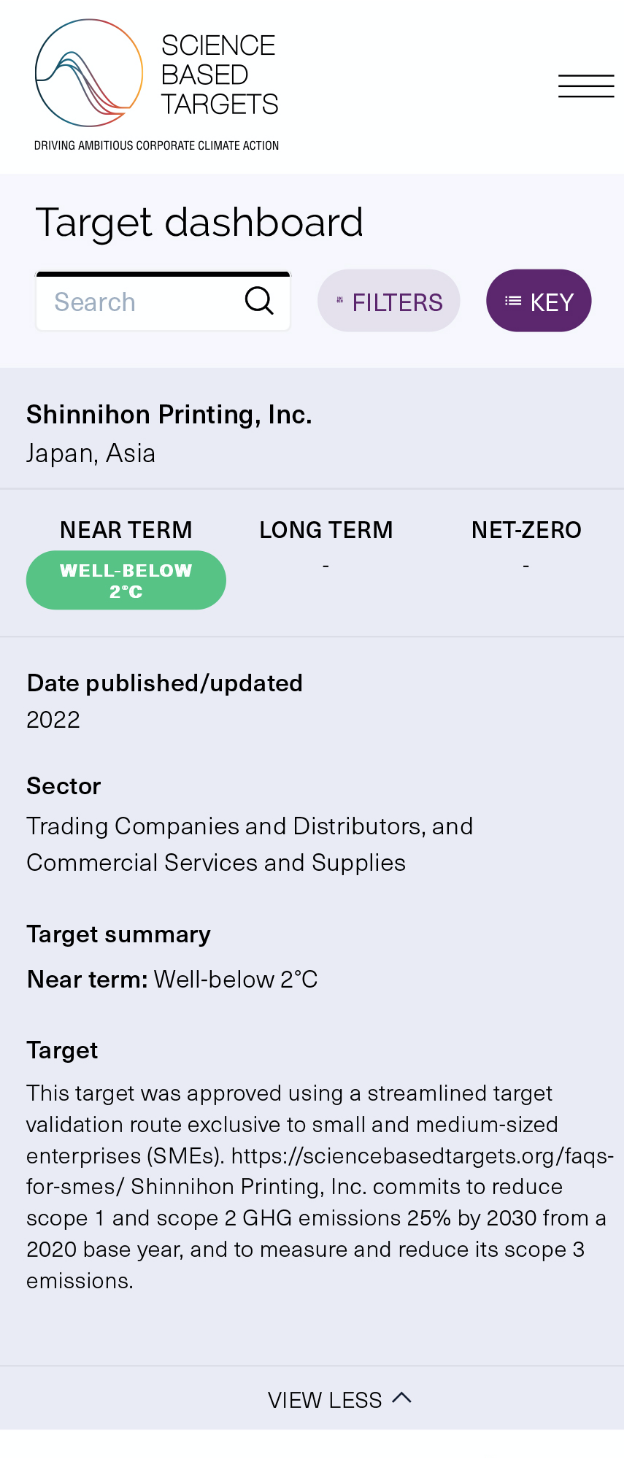
01. PAPER
The Forest Stewardship Council® (FSC®) attaches the FSC® symbol to products made using forest timber that they certify to be “properly managed in terms of environmental conservation and social interests.”
It promotes the proper management of forest resources and helps to prevent illegal logging. The only paper that can be affixed with the FSC® logo is paper that has been properly managed and not mixed with paper made from wood obtained through illegal logging even in the phases of distribution and processing.


02. INK
Non-VOC (Volatile Organic Compound) inks are inks that contain less than 1% mineral oil and minimizes the emission of VOCs harmful to the human body. VOCs that are released into the atmosphere cause a photochemical smog, which is harmful to both the environment and the human body. Conventional vegetable oil based inks contain 15% VOC, and improvements in inks have led to the development of non-VOC inks that contain less than 1% VOC. Simply changing from water-based printing to waterless printing can reduce VOCs by a quarter, and printing with non-VOC inks can drastically reduce VOCs to a tenth of previous levels.


03. SYSTEM
In ordinary offset (water-based) printing, water and oil repel each other, and the printing plate uses a large amount of “fountain solution” during printing in order to distinguish between areas where ink will and will not be applied. This fountain solution contains toxic substances and is disposed of as liquid waste after use, causing water pollution. In waterless printing, the silicon layer repels ink instead of fountain solution, thus eliminating the need for fountain solution and producing no harmful liquid waste.


No matter how environmentally friendly materials and printing methods are used, energy is still consumed, such as electricity for printing machines, and CO2 (*1) is emitted as a result. To address this issue, Shinnihon Printing introduces “carbon offsetting,” a program that allows printing with virtually no CO2 emissions by paying for and offsetting the same amount of emission credits as the greenhouse gases (CO2 equivalent) emitted.


Reduction typeContributing to reconstruction efforts through projects in Tohoku
One of the domestic credit systems under the jurisdiction of the Ministry of Economy, Trade and Industry (METI) is the “Domestic Credit for Supporting Reconstruction of Disaster Areas. By utilizing the emission credits generated from the reduction projects in the Tohoku region through Carbon Free Consulting Co., Ltd., we can promote the return of funds in the areas affected by the Great East Japan Earthquake and contribute to both the environment and reconstruction support.
Absorption typeCarbon offsetting through “more trees forests”
The forest conservation organization “more trees” is engaged in a variety of activities under the keywords “linking cities and forests. By using forest-derived carbon offset credits from CO2 absorbed by the “more trees forests”, which is being promoted by the organization, we can contribute to forest conservation and climate change countermeasures.
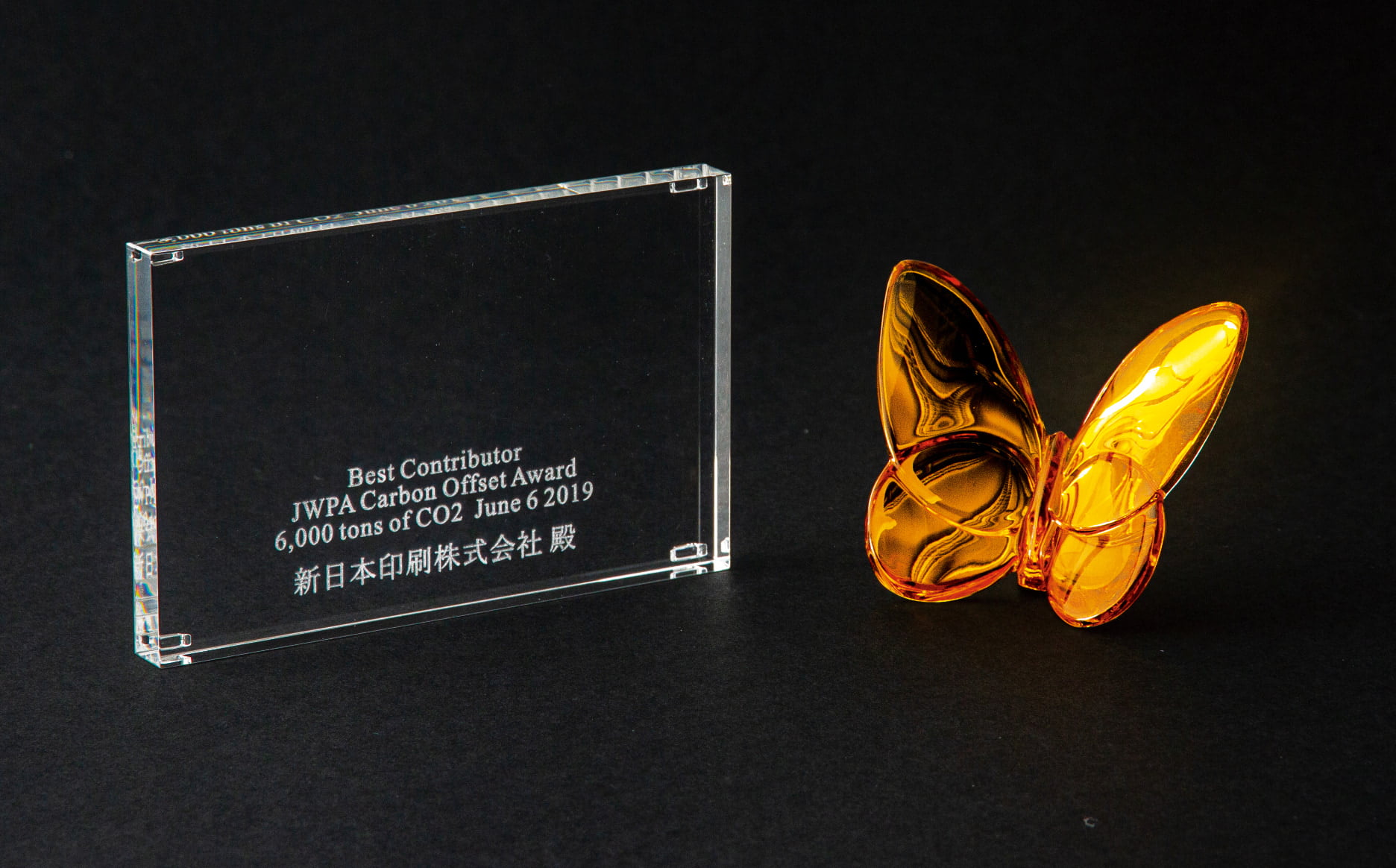
We won the highest award in Japan as the company that contributed the most for CO2 reduction amount at the “Commemorative Award Ceremony for Offsetting 6,000 Tons of Carbon” of the Japan Waterless Printing Association in 2019.
TOPICS:02

The Haneda Tokyo Factory received the highest award from the Minister of Economy, Trade and Industry at the “10th Printing Industry Environment Excellent Factory Award”. The equipment specializing in environment-friendly printing, the acquisition of various certifications, and the efforts of “Zero Emission” to recycle 100% of factory waste are highly regarded. The efforts for conservation and improvement activities were comprehensively judged as a model plant in the industry.
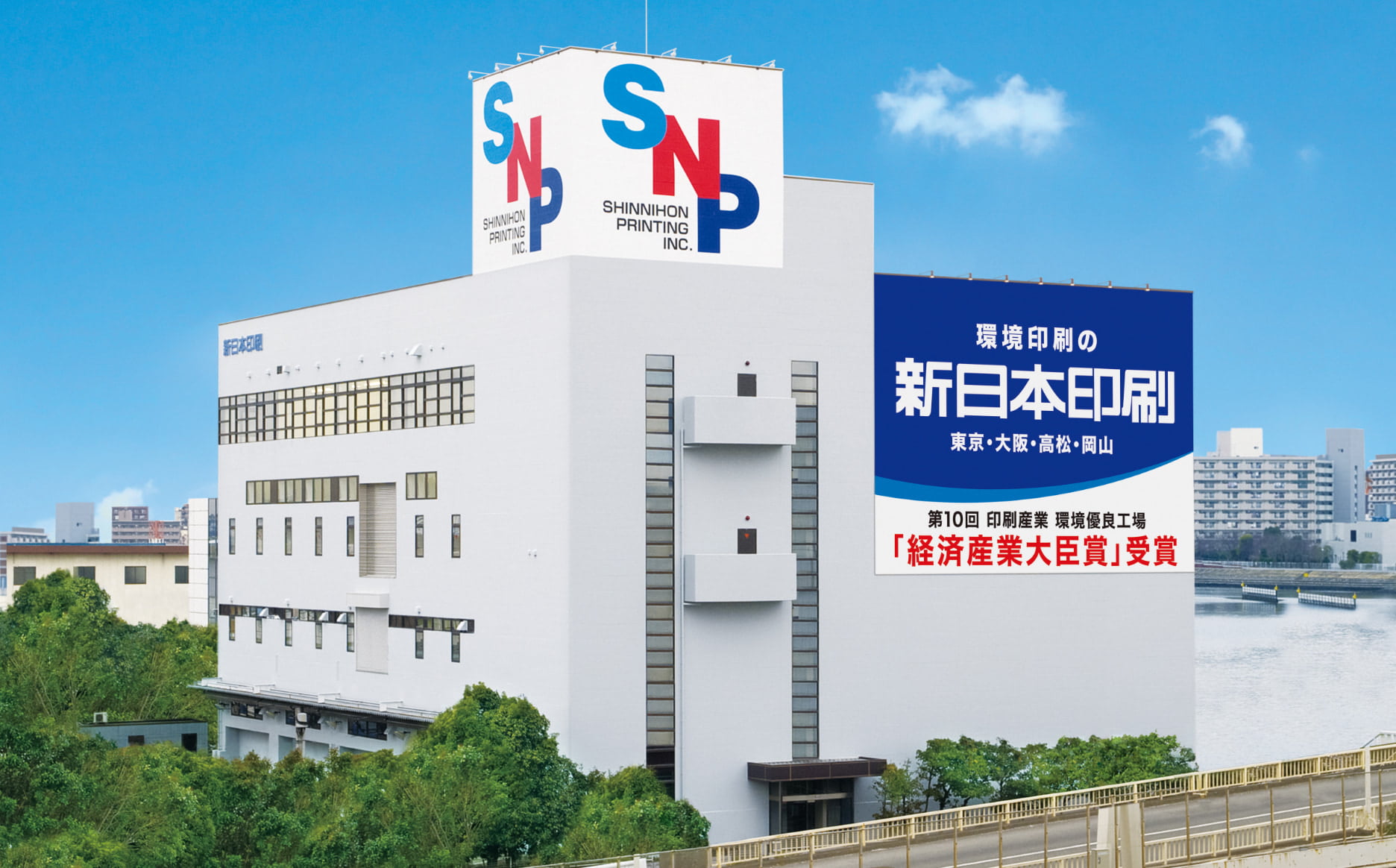
The Haneda Tokyo Plant has acquired a number of environmental certifications. Certified initiatives are further reviewed and improved on a regular basis, leading to the continuous improvement of the plant’s environmental management system.
Acquisition of ISO 14001
We have acquired ISO 14001 certification, an international standard for judging whether corporate activities are conducted in consideration of the environment.
FSC® Forest Certification
FSC certified forest paper can be used because the printing paper is properly managed.
DBJ Environmental Rating
The Development Bank of Japan (DBJ) has rated our company as having excellent environmental considerations.
Clear Sky Supporter
We are registered as a “Clear Sky Supporter,” a program implemented by the Tokyo Metropolitan Government to improve air quality with the aim of realizing the world’s most comfortable air environment.
Green Printing Certification
We have met the environmental standards of the Japan Federation of Printing Industries for both environmental materials and manufacturing processes.
The Green Printing Certification System (GP Certification System) is an environmental management system that certifies factories, offices, and materials and equipment that have achieved the “Green Standards for Printing Services,” voluntary environmental standards for the printing industry established by the Japan Federation of Printing Industries. In addition to recommending printing-related companies that are proactive in environmental management, the Green Printing Mark (GP Mark) is displayed on printing products that comply with the standards, with the aim of spreading the use of environmentally friendly printing products. SNP received registration and certification in 2010 and continues to renew it.
The Haneda Tokyo Plant constantly measures and monitors the amount of electricity, city gas, water, light oil, and gasoline used. The amount of CO2 emitted from the use of each energy source is converted into a graph for each 10 million yen of production output, and the changes over the years are monitored. In order to use energy resources effectively, we will continue to actively introduce energy-saving equipment and improve production efficiency.


With the goal of “zero emission” that brings the recycling rate of emissions closer to 100%, the Haneda Tokyo Plant has established a workflow and strictly regulates the disposal methods for all unwanted materials. In the recycling workflow, cutting waste, waste paper, wrapping paper, PP bands, stretch film, PS waste plates, aluminum, rental waste wastes, etc. are thoroughly and finely separated for recycling. Waste materials that cannot be recycled are collected, processed, and sold through a specialized flow for each resource, classified by “PS development waste,” “waste oil,” “waste ink,” “waste plastic,” “wood waste,” “paper waste,” “glass and ceramic waste,” “iron waste,” and “office automation equipment”.


Byproducts generated during the production process are also important resources. The Haneda Tokyo Plant categorizes them and recycles them into resources for other industries. In order to achieve this, we have created a production system based on the concept of “zero emission,” which means that no waste is produced. The recycling rate of unnecessary materials from the Haneda Tokyo Plant has been close to 100% every year, and was 98.8% in fiscal 2017. We will continue to work toward further improvement.


TOPICS:03

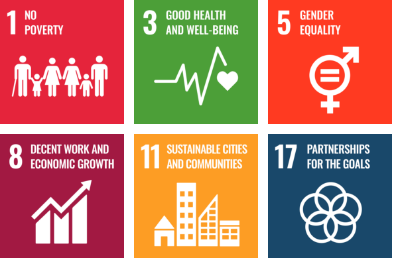
By coordinating our four bases across Japan, we have built a system that is safe and secure even in the event of a natural disasters. Since data and operations can be shared among production bases in the east and west, production lines can be quickly restored even in times of emergency or difficulty in procuring materials. Japan faces risks such as damage from an earthquake directly below the capital. In the event of such a large-scale earthquake or tsunami, we have established a system to activate a BCP and maintain our operations so that the lives of our stakeholders, including our customers who support us, as well as our employees, will not be affected.
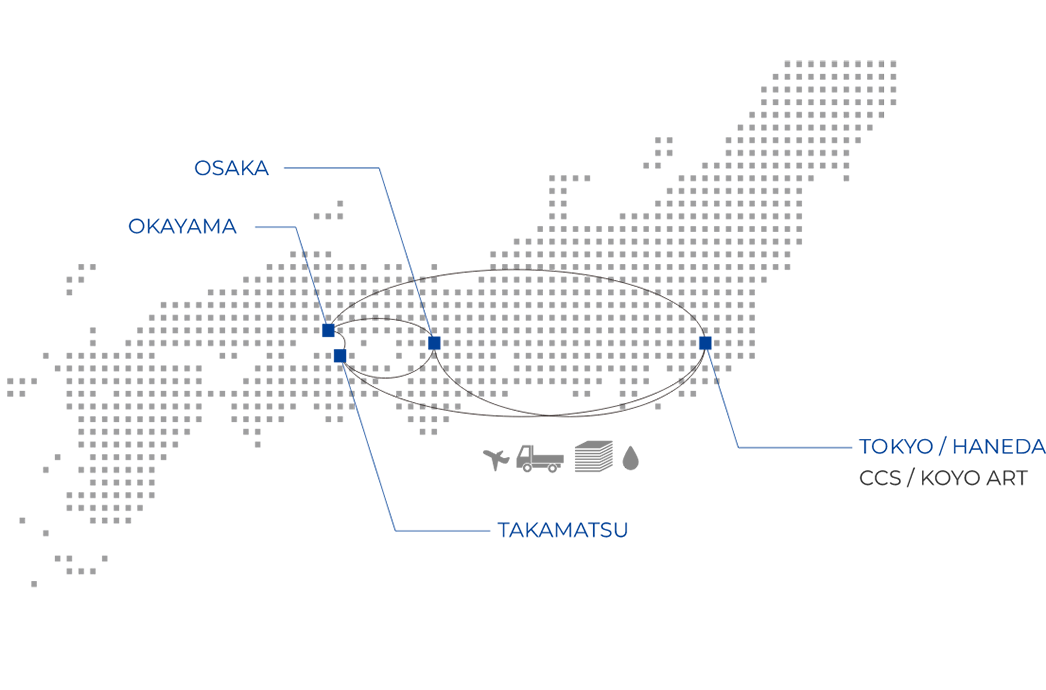

We continue to visit and participate in the world’s largest art, creative, and printing fairs held overseas. By cultivating a global perspective and experiencing the world’s most advanced technologies, products, and services firsthand, we are able to continue to provide feedback on new ideas and develop our industry into more sustainable growth.
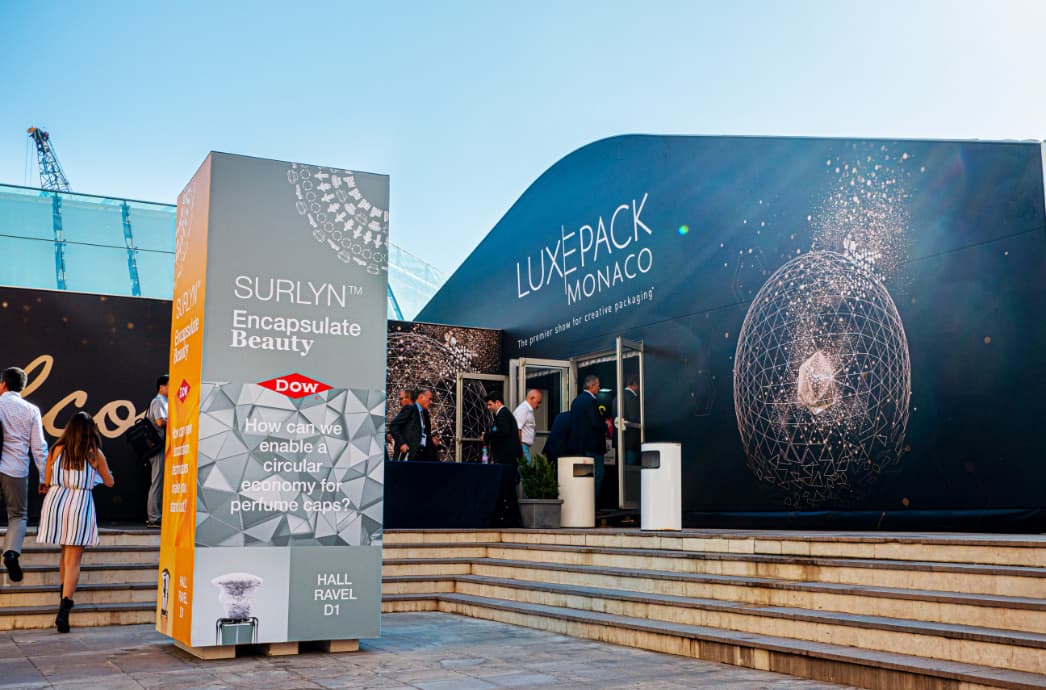
Implementing support for developing countries through partnerships
(supporting activities to plant trees and create employment in developing countries)
Actively appointing women to management positions
Providing maternity leave, childcare leave, shortened working hours, etc. so that both men and women can work comfortably over the long term.
Established a Compliance Office to create a comfortable working environment.
Promoting the reduction of overtime hours as part of work style reforms.
Employment under the same conditions and treatment regardless of gender or nationality.
Implemented smoking restrictions in company buildings.
TOPICS:04

We support art events such as the “Setouchi International Art Festival” an international contemporary art festival, as well as the professional basketball team “Kagawa Five Arrows”, part of the B.LEAGUE, a J3 professional soccer club “Kamatamare Sanuki”, part of the J-League, and the Kagawa Ice Fellows, part of the J-Ice West Division. We are striving to make community-based social contributions through the promotion of art and sports, including the sponsorship of athletes.
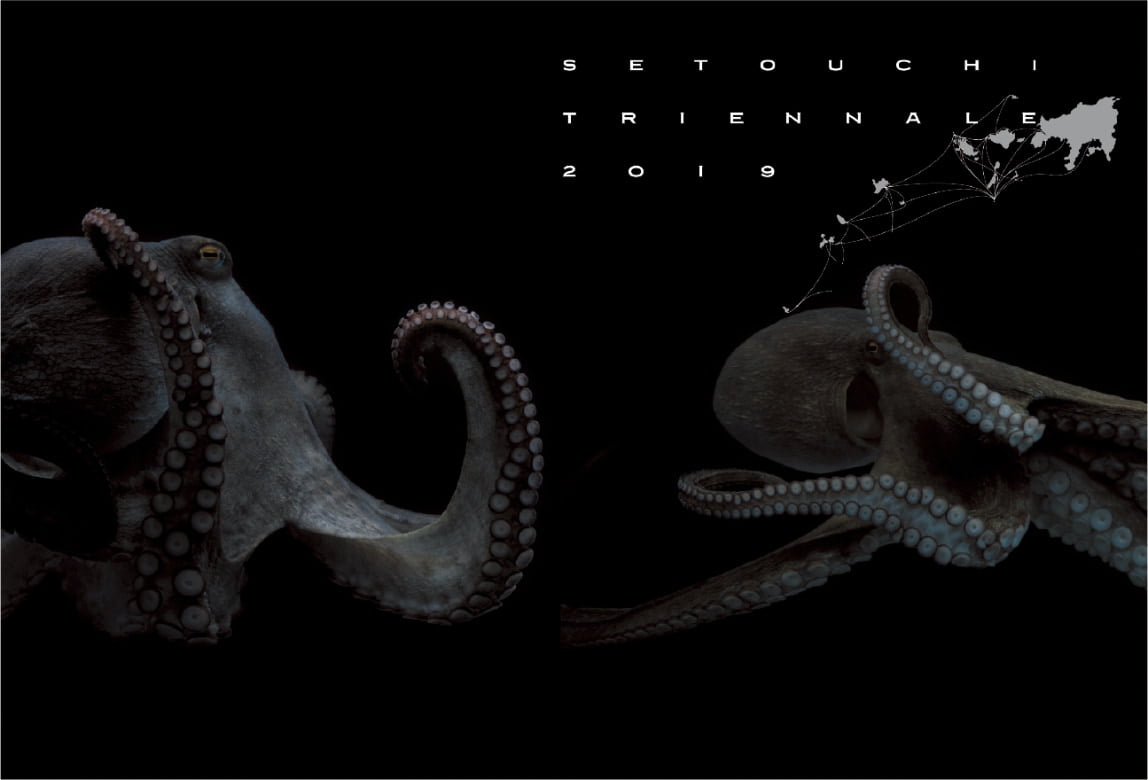

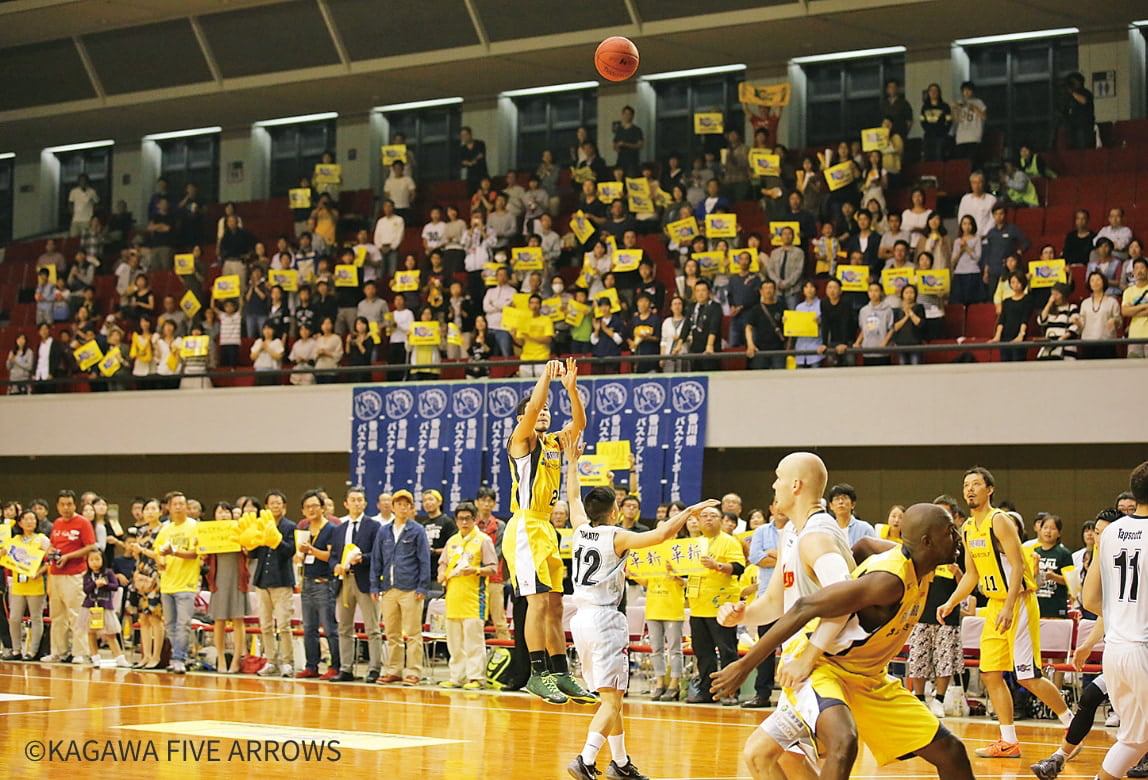
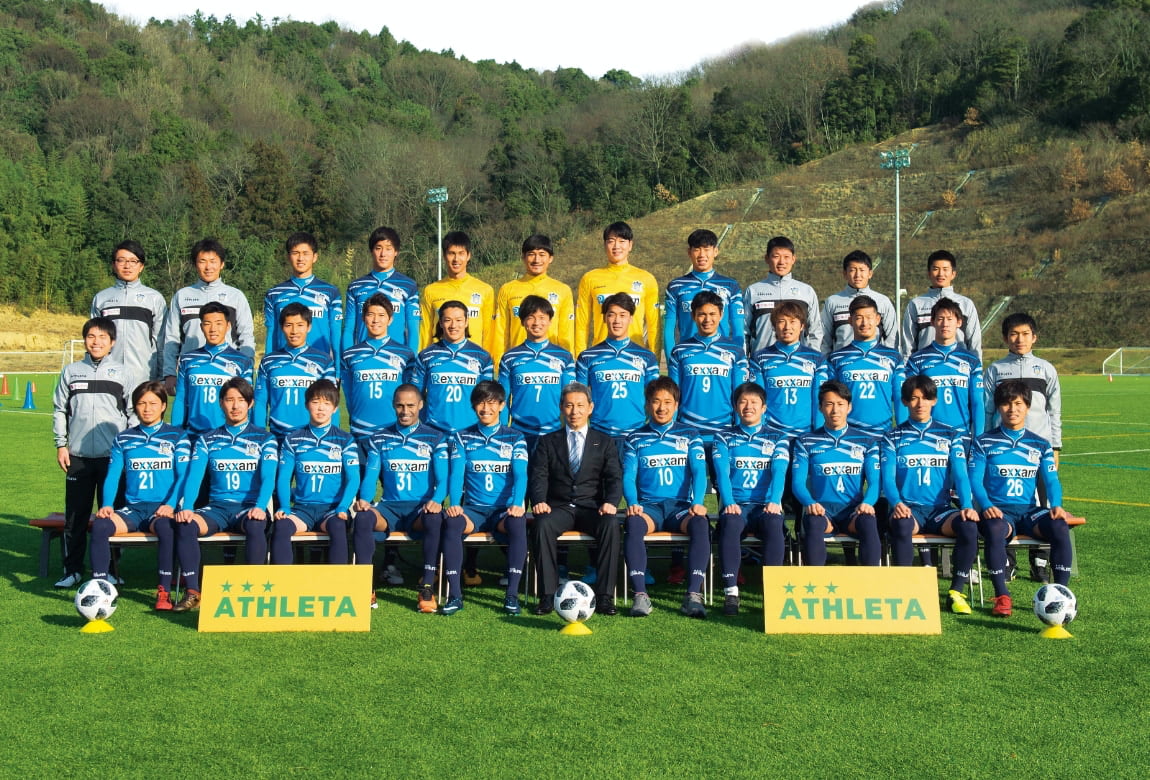
Co-sponsored the Sunport Triathlon and formed an in-house team to participate in the event every year.
Work experience for high school students every year in cooperation with educational institutions.
Support for local educational activities, including co-sponsorship of the “Mitoyo Future Creation School” in Mitoyo City, Kagawa Prefecture, which conducts projects to help children learn Japanese and read books.
Regularly hold study sessions and educational campaigns to prevent traffic accidents in cooperation with local companies and the police.
Establishing a system to reduce the number of victims of disasters by providing evacuation shelters to protect people in the event of a disaster.
Copyright©1996- SHINNIHON PRINTING INC.